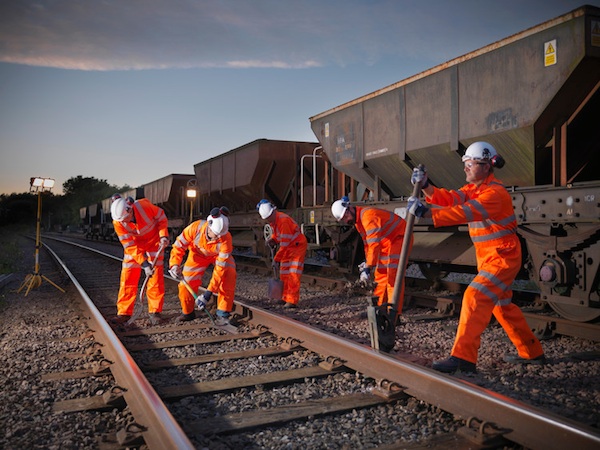CMMS Used To Improve Reliability & Safety
In the U.S., shipments of crude oil by rail have gone from 9,500 carloads (2008) to 233,811 (2012) and analysts expect this trend to continue in direct proportion to the increased demand for domestic oil transport. In 2012, four years into the current (North American) oil boom, about 16.6 million barrels of Canadian crude shipped via rail to the U.S. The EIA (U.S. Energy Information Administration) estimates that US crude oil moved by rail rose by 617,000 barrels to 13,133,000 barrels in August 2016—compared to the previous month.
On July 6, 2013, a crude-carrying train originating from Williston Basin, North Dakota traveling through Lac-Mégantic, Quebec en route to a Saint John refinery, derailed, setting off several explosions, killing 50 people and incinerating 30 buildings. Just a few months ago in June of 2016, a Union Pacific train carrying crude oil derailed in Oregon’s Columbia River Gorge, spilling 42,000 gallons of Bakken crude, and sparked a large fire. Many organizations have turned to CMMS systems to help improve compliance, streamline processes and maximize overall vehicle reliability and safety.

While the number of North American rail accidents involving fatalities and spills is relatively rare, and the industry’s safety record has improved over the past few decades, the number of incidents involving crude shipments has mirrored the growth of North American oil production. And the scale of the July 6, 2013 accident (the deadliest in an age) has caused increased governmental scrutiny for all crude-by-rail operations. For example, in 2015, the Department of Transportation announced a final rule for the safe transportation of flammable liquids by rail. The legislation focuses on safety improvements that are designed to prevent accidents, mitigate consequences in the event of an accident, and support emergency response.
Previous accidents have called into question the diligence of rail owner/operators in ensuring that proper emphasis is put on safety, rather than profits, by local officials. The new rule for the DOT:
- Unveils a new, enhanced tank car standard and an aggressive, risk-based retrofitting schedule for older tank cars carrying crude oil and ethanol;
- Requires a new braking standard for certain trains that will offer a superior level of safety by potentially reducing the severity of an accident, and the “pile-up effect”;
- Designates new operational protocols for trains transporting large volumes of flammable liquids, such as routing requirements, speed restrictions, and information for local government agencies; and
- Provides new sampling and testing requirements to improve classification of energy products placed into transport.
